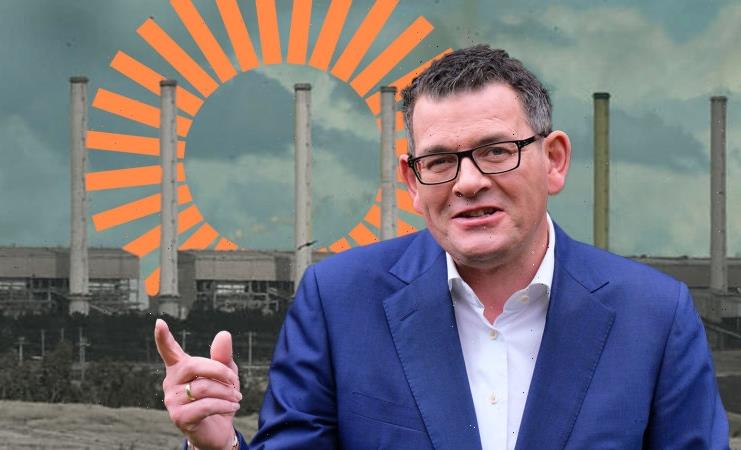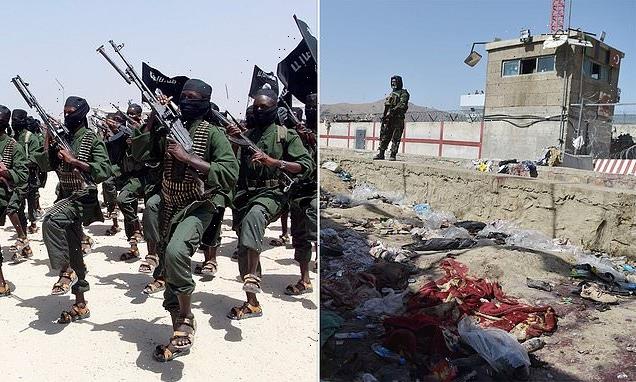More than 3800 Australians died with COVID-19 in aged-care facilities over the past 12 months, quadrupling the number during the first two years of the pandemic, even though the overall death rate is now far lower.
A federal review of health data over recent months identified a previously unreported 232 deaths in 2022, but the federal government is declining to specify the months in which they occurred.
While the fatality rate is lower, far more Australians are dying from COVID-19 in aged-care homes now than during the first two years of the pandemic.Credit:Shutterstock
The change in reporting was made on the eve of the release of figures that would have revealed more deaths had occurred in aged care in the eight months under Labor than during the first two years of the pandemic under the previous government.
However, the 3.3 per cent fatality rate in aged care homes over the past year is much improved compared to the first 20 months of the pandemic when 23.4 per cent of residents with COVID-19 were dying from the virus.
The new data brings the total number of deaths in 2022 to 3807, compared with just 912 in 2020 and 2021 when the issue was dominating headlines and television bulletins every week. In total, including this year, there have been 5067 COVID-related deaths in aged care since the pandemic began.
Aged care consultant Paul Sadler, a former chief executive of the Aged Care Industry Association, said the fact that more deaths had occurred over the past eight months than the previous two years showed that the pandemic had not gone away.
“We need to do everything possible to combat it,” he said.
“And if that means that certain restrictions stay in place for areas like aged care where we’ve got particularly vulnerable populations, then that will need to happen.”
If not for the adjustment in reporting, the release of health data on Friday would have shown more deaths under the Albanese government in the eight months since the election (2420) than under the Coalition over the first two years of the pandemic (2415).
Opposition health spokeswoman Anne Ruston said, “It flies in the face of transparency that in the exact same week that marked this serious milestone, the data reporting changed.
“The opposition called on the Labor government to prioritise keeping vulnerable older Australians safe, something they failed to do in 2022, and unfortunately, it looks like they have failed again,” she said.
“Sensible measures, like supplying PPE and RATs to residential aged care are important, but the tragic statistics show that it is not enough. The prime minister must step in and take control to protect older Australians living in residential aged care.”
In response to a series of questions to the office of Aged Care Minister Anika Wells, a spokesperson for her department said it was unable to say when the additional 232 deaths occurred last year.
The number of aged-care deaths started to increase drastically at the start of 2022 with the arrival of the Omicron variant and the opening up of the nation’s borders, hitting a weekly high of 176 deaths during winter.
Cases and deaths again soared in November and December following the removal of mandated COVID-19 restrictions in the community, before decreasing over the past month.
There were 23 deaths last week, a toll which is well down from December when there were as many as 78 deaths a week.
But it is still above the weekly average of nine COVID-19 deaths over the course of 2020 and 2021.
“When it gets in now, the preparedness in aged care is better, and we are less frequently seeing the widespread transmission within aged care that we saw back in the early days,” Sadler said.
“The reason why they [the outbreaks in 2020 and 2021] were so scary is because they spread widely – there were no vaccinations in place, no antiviral medications. People got sick and died at a rate higher than they are dying now.
“The thing to say, of course, is these numbers that we’re now experiencing are still noticeably higher than we had in 2020 and 2021. So, the rate of deaths in aged care is still a significant concern.”
Sadler said the lack of media attention on deaths in aged care now, compared with 2020 and 2021, was indicative of the “wider impact of COVID on the community where it’s gone on so long it’s almost like it’s background noise”.
Aged and Community Care Providers Association chief executive Tom Symondson said the sector was looking to the government for certainty on the timing and availability of a fifth and additional dose of COVID-19 vaccinations ahead of winter. Only 85.7 per cent of aged care residents have received a fourth dose, meaning about 22,000 are not fully vaccinated.
Symondson said a delay in processing grant payments had left many already financially strapped providers waiting up to six months to be reimbursed for expenditure on COVID-19 protection.
“The removal of mandates in all jurisdictions in late 2022 has meant the onus is on providers to enforce rules like mask-wearing, and RATs before a visit to an aged-care home,” he said.
“This has left providers in a position of having to appeal to the good nature of visitors to comply with the rules to protect older, vulnerable residents. The community might be living with COVID-19 but the pandemic remains very much a reality in aged care.”
Australian Nursing and Midwifery Federation secretary Annie Butler said her union had been calling for stronger action from the government for months.
“We have urged government to be extremely cautious about easing and lifting of COVID safety measures,” she said.
”What’s apparent is that the easing of restrictions has resulted in a significant rise in hospitalisations and deaths from COVID and related illness, particularly in aged-care settings.“
Cut through the noise of federal politics with news, views and expert analysis from Jacqueline Maley. Subscribers can sign up to our weekly Inside Politics newsletter here.
Most Viewed in Politics
From our partners
Source: Read Full Article



